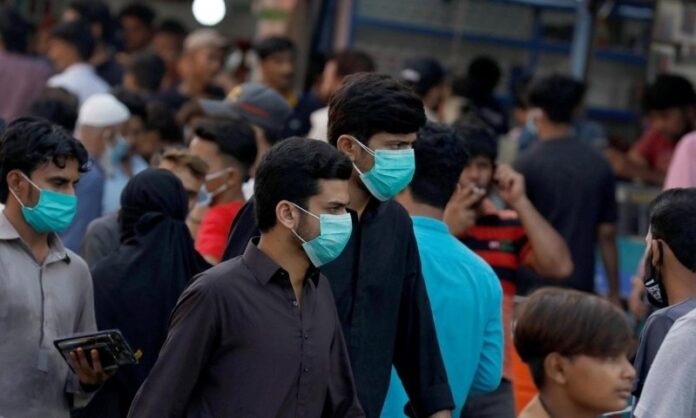The federal government has announced a significant restructuring plan for Pakistan Television Corporation (PTV), including a 23% reduction in its workforce. This decision is part of broader efforts to streamline operations and ensure financial sustainability for the state-run broadcaster. Here’s a detailed breakdown of the changes and their implications for PTV’s future.
Meeting Highlights and Key Participants
A pivotal meeting of the Cabinet Committee on State-Owned Enterprises (CCoSOEs) was chaired by Federal Minister for Finance and Revenue, Senator Muhammad Aurangzeb, at the Finance Division. Attendees included notable figures such as:
- Mr. Qaiser Ahmed Sheikh – Minister for Maritime Affairs
- Mian Riaz Hussain Pirzada – Minister for Housing & Works
- Mr. Ahad Khan Cheema – Minister for Economic Affairs
- Senior officials from relevant ministries and divisions
The primary agenda included reviewing business plans and restructuring proposals for state-owned enterprises, including PTV.
Reconstitution of Boards for Improved Governance
The meeting addressed broader corporate governance reforms, including the reconstitution of boards for entities like the Karachi Tools, Dies, and Mould Centre (KTDMC) and the Technology Upgradation and Skills Development Company (TUSDEC).
Key decisions included:
- KTDMC:
- Appointment of five principal candidates from the private sector
- Mr. Abdur Razaaq Gauhar named as Chairman of the Board
- TUSDEC:
- Six principal candidates appointed from the private sector
- Mr. Muhammad Noor ud Din Daud selected as Chairman
These reforms aim to enhance decision-making and operational efficiency.
PTV’s Business Plan and Workforce Reduction
The Ministry of Information and Broadcasting presented an extensive business plan to address operational inefficiencies at PTV. The plan focuses on:
- Digital Expansion: Upgrading infrastructure to cater to the growing demand for digital content.
- Content Licensing: Leveraging high-quality programming to secure licensing deals.
- Public-Private Partnerships: Engaging private entities to maximize PTV’s potential.
- Asset Utilization: Using PTV’s properties for revenue generation through advertising and other ventures.
In line with cost-saving measures, the government has abolished 1,232 out of 5,442 sanctioned posts in PTV. This 23% reduction in jobs is expected to significantly lower operational expenses and pave the way for financial stability.
Impact on Employees and Operations
While the decision to cut jobs has sparked concerns, the government assures that these measures are necessary for PTV’s long-term survival. The focus remains on:
- Retaining critical talent for core broadcasting functions
- Streamlining administrative processes
- Implementing technology-driven solutions for better service delivery
Conclusion
The government’s decision to restructure PTV marks a turning point for the state broadcaster. By focusing on digital transformation, operational efficiency, and resource optimization, PTV aims to regain its prominence in the competitive media landscape. However, the reduction of 1,232 jobs underscores the challenges of balancing fiscal prudence with employee welfare.
The successful implementation of this business plan will determine PTV’s ability to adapt to modern broadcasting trends and secure a sustainable future.



